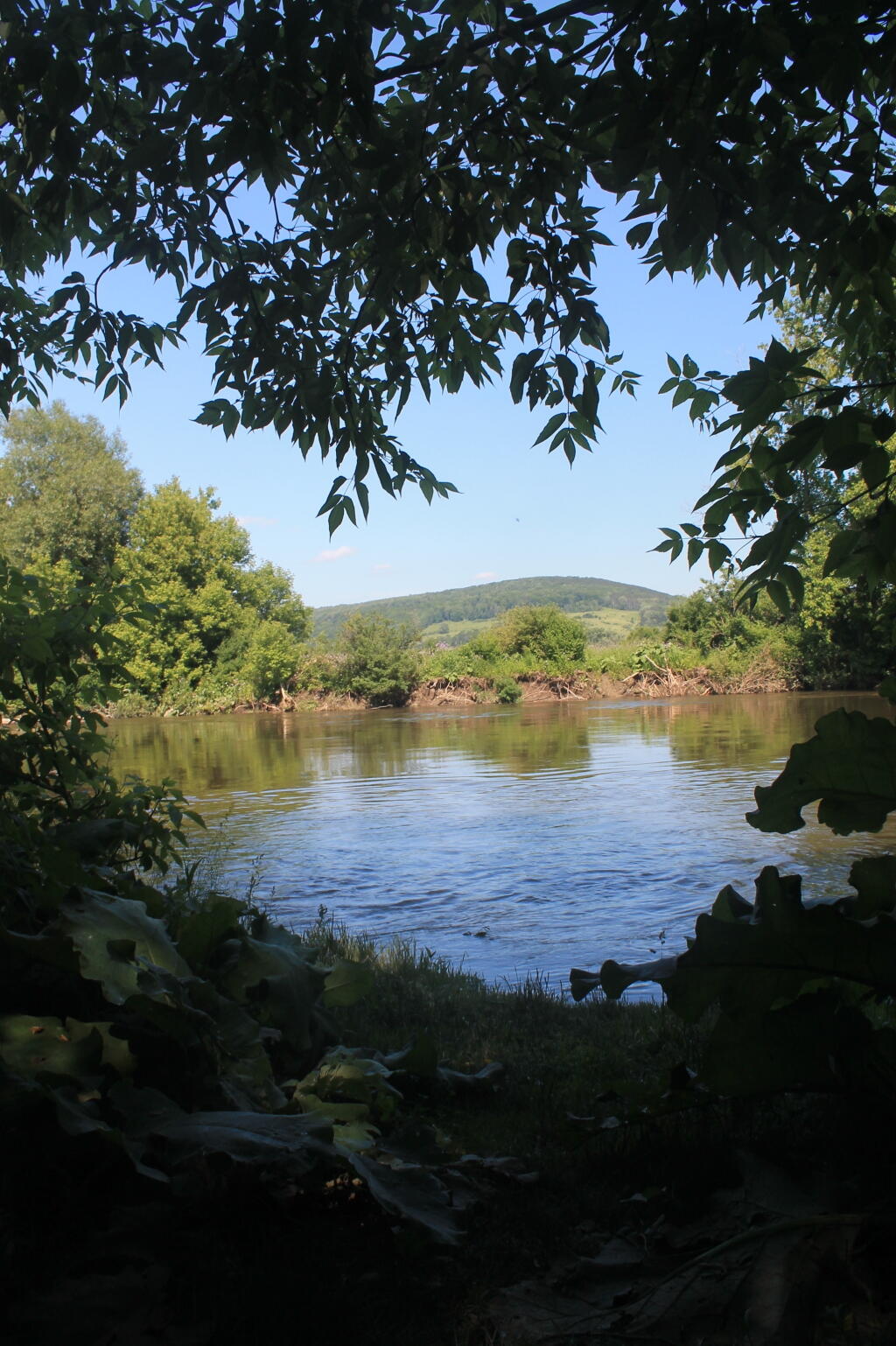What is cladding, was it the cause of London tower fire and why is it used on buildings?
If people learned to love the beauty of Brutalism, the fire in London would have never happened.
Brutalist Architecture can be beautiful if properly maintained and appropriately accented with colorful rugs and walls, along with natural plantings, but it should never be wrapped in hideous cladding.
June 15, 2017 Evening
Good evening! Rain and 76 degrees in City of Albany. There is a south breeze at 11 mph. The dew point is 54 degrees. I caught in the thunderstorm pushing through without an umbrella. I guess the weatherman lies. The skies will clear Saturday around 5 am.
Nor a terrible day at work and I only got out about a half hour after the regular time although I didn’t catch the express bus home. That’s fine, although the local tonight is a bit crowded. I’m sure I’ll be home in good time though, probably before the blog post is done and I catch the PBS Newshour live if I so please. It’s just such a weird and anti climatic end to the legislative session this year. I guess they really will be done next Wednesday or Thursday. At least it won’t impact my weekend plans most likely.
There were solicitors hawking green energy at the bus stop. I really hate when people selling shit or preaching religion are at the bus stop. I wish they would just leave me alone. I’ll do my think, they’ll do theres.
The sun will set at 8:35 pm with dusk around 9:09 pm, which is 23 seconds later than yesterday. At sunset, look for rain showers and general cloudy conditions and 69 degrees. The dew point will be 51 degrees. There will be a south-southeast breeze at 10 mph.
Tonight will continue to have scattered showers, particularly after midnight. Cloudy, with a low of 60 degrees at 5am. Three degrees above normal. Maximum dew point of 53 at 6pm. South wind around 11 mph. Chance of precipitation is 40%. New precipitation amounts of less than a tenth of an inch possible. In 2016, it got down to 58 degrees with partly cloudy skies. The record low of 40 occurred back in 1961.
Waning Gibbous Moon tonight with 58% illuminated. The moon will rise around 11:37 pm. The Last Quarter Moon is on Saturday night with slight chance of t-storms then slight chance of showers expected. The Full “Buck” Moon is on Sunday, July 9th. The sun will rise at 5:16 am with the first light at 4:41 am, which is 2 seconds later than yesterday. Tonight will have 8 hours and 41 minutes of darkness, a decrease of 19 seconds over last night.
Tomorrow will have showers likely, mainly before 1pm. Cloudy, with a high of 68 degrees at 2pm. 10 degrees below normal. Maximum dew point of 62 at 5pm. South wind around 10 mph. Chance of precipitation is 70%. New precipitation amounts between a quarter and half of an inch possible. A year ago, we had partly cloudy skies and a high of 85 degrees. The record high of 96 was set in 1967.
The latest weekend forecast shows it improving. Saturday, a slight chance of showers between 8am and noon, then a chance of showers and thunderstorms after noon. Patchy fog before 8am. Otherwise, mostly sunny, with a high near 83. Calm wind becoming south 5 to 8 mph in the afternoon. Chance of precipitation is 30%. New rainfall amounts of less than a tenth of an inch, except higher amounts possible in thunderstorms. Maximum dew point of 67 at 4pm. Sunday, a chance of showers and thunderstorms. Partly sunny, with a high near 89. Chance of precipitation is 40%. New rainfall amounts of less than a tenth of an inch, except higher amounts possible in thunderstorms. Maximum dew point of 72 at 8pm. Typical average high for the weekend is 79 degrees.
It’s increasingly possible that I can go tent camping this weekend, but I don’t know. Even if I do it simply it’s a lot of work to set up and take down all the camping gear. Especially because next weekend the pool opens on up.
In four weeks on July 13 the sun will be setting at 8:31 pm, which is 3 minutes and 6 seconds earlier then today. In 2016 on that day, we had mostly sunny skies and temperatures between 90 and 70 degrees. Typically, you have temperatures between 83 and 62 degrees. The record high of 96 degrees was set back in 1894.
Started to research the Coleman Camp Ovens which are $30 fold up aluminum boxes with a thermostat and a shelf that you can put over a campstove for baking. Supposedly they help reflect heat downwards so the whole item cooks like a reflector oven I used to use in boy scouts with the campfire. They’ve made them for a million years and while I’m sure they aren’t going cook like a real oven they seem like they might work decently for baking corn bread of maybe something like crescent rolls. And heck for $30, it won’t break the bank. It wasn’t that long ago that it cost $85 to fully fill up the tank of Big Red.
Looking ahead, Average High is 80 is Next Thursday, National Fried Chicken Day is in 3 weeks, Hottest Day of Year (83 Average) is in 4 weeks, Cow Apprechiation Day (Moo?) is a month away., Ugly Truck Day is in 5 weeks, Altamont Fair Opens is in 2 months, State Fair Opens is in 10 weeks, 7:30 PM Sunset is in 11 weeks, Average High is 70 is in 14 weeks, Hunter’s Moon is in 16 weeks, Average High is 60 is in 4 months and Thanksgiving is in 23 weeks.
Janet Yellen Explains Why The Fed Is Flying Blind
"To understand the import of these statements, a bit of background might help. Like most mainstream economists, Yellen believes that there is a causal relationship between the jobless rate and the rate of inflation. When unemployment falls below a certain level, the scarcity of workers enables them to negotiate higher wages, and inflation picks up. Economists call this threshold the Non-Accelerating Inflation Rate of Unemployment, or “nairu,” for short.
"If you are running the Federal Reserve, a clear understanding of the nairu is obviously a very useful thing to have. For the sake of argument, let’s say that you think the nairu is five per cent. If the monthly unemployment rate then dips below that—to 4.8 per cent, say—you would expect inflation to pick up in the coming months. And that might well prompt you to start raising interest rates to prevent an inflationary spiral from developing."
"As it happens, the Fed did once think that the nairu was somewhere close to five per cent. Today, though, the harsh truth is the Fed doesn’t know what the figure is, or whether it even exists in a usable form. "
Why Higher Interest Rates Aren’t Helping Your Savings Account
"Federal Reserve officials raised the benchmark lending rate to a range of 1 percent to 1.25 percent on Wednesday, the central bank’s third such move in six months. In the hours since the decision was announced, U.S. banks including Citigroup Inc., U.S. Bancorp and SunTrust Banks Inc. announced that they’ll pass on the higher interest rates to borrowers, without disclosing plans to provide better rates for deposit customers."
"After years of stubbornly low interest rates, U.S. banks have been slow to increase offers for deposit accounts. They are seeking to benefit from a fatter margin between what they charge for loans and what they pay out to customers who provide the funds."
Two Government Agencies. Two Different Climate Maps.
"With gardens a-sprouting, a warm, wet winter behind us,1 and a hotter-than-average summer for much of the country ahead, we decided to look at whether and how climate change was affecting what plants can grow around the country. The easy data solution — or so it seemed — was to look at a series of maps dedicated to showing Americans what plants can survive in their neck of the woods. These are called plant hardiness zone maps, and they’ve been produced since the 1960s by the U.S. Department of Agriculture."
"But then we noticed something weird. The USDA’s website specifically asks people not to use these maps to document climate change. Meanwhile, it looked as if other parts of the federal government were doing exactly that in reports such as the National Climate Assessment."
"So what gives? It turns out, the government produces two hardiness zone maps — one made by the USDA and one made by the National Oceanographic and Atmospheric Administration. Both divide the country into segments, each of which represents a 10-degree increment of the average annual minimum temperature. But the underlying data used to build out the zones is different. Those differences are driven by the agencies’ goals, and they affect what the different maps are intended to be used for."

